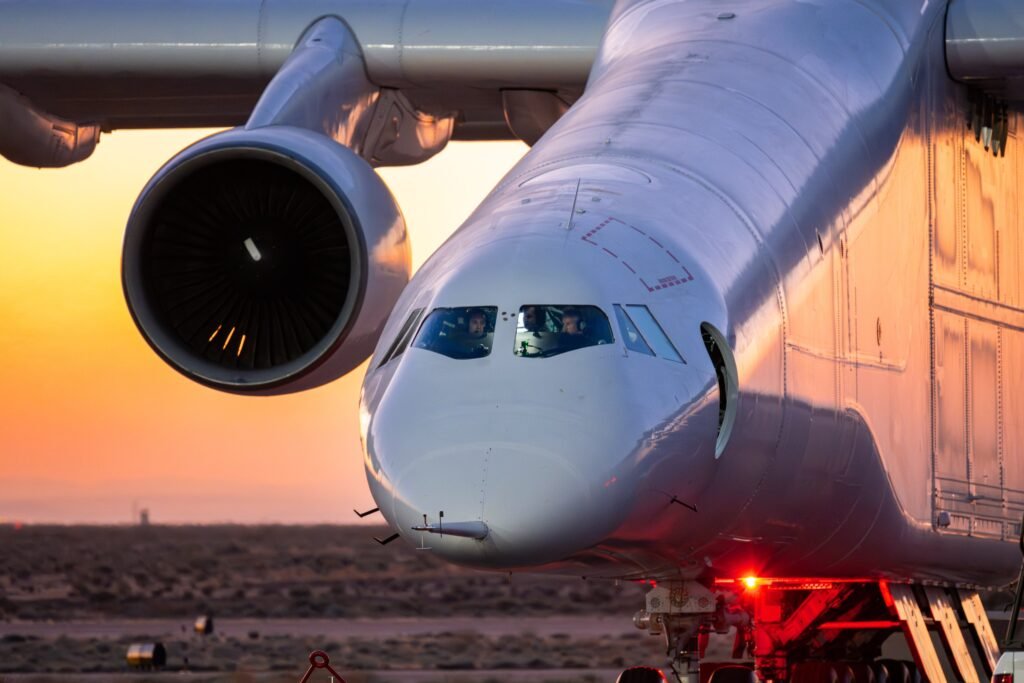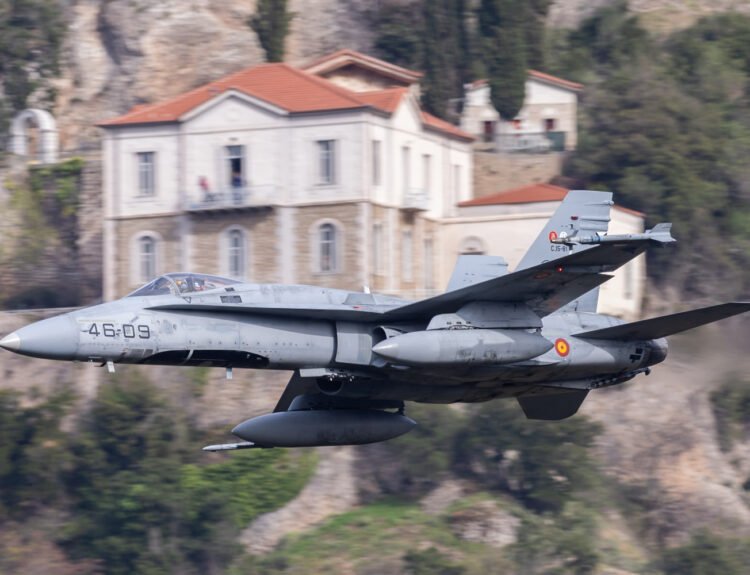Stepping into a new milestone towards new-age aerospace technology, Scaled Composites successfully carried out a series of test flights of its new development, the Stratolaunch plane. Designed to transform the air launch industry, the mammoth plane plans to provide a green and reliable platform for delivering space payloads.

The Stratolaunch, which has the record for a 385-foot wingspan, is the world’s largest plane by wingspan and is an airborne launch platform. The Stratolaunch, which has the capacity to carry multiple rockets, is set to take off from regular runways, ascend to a high altitude, and then launch its payload into space. This launch technique has enormous advantages, such as doing away with the need for massive ground infrastructure, reducing launch costs, and offering increased flexibility in launch locations.
“We are at the threshold of revolutionizing the way the world accesses space,” said Dr. Jason S. McCanna, president of Scaled Composites, in a press conference following the successful test flights of the aircraft. “Stratolaunch offers a versatile model that could democratize access to space and stimulate new opportunities for research, technology development, and commercial initiatives.”
The primary role of the Stratolaunch aircraft is to launch satellites and other payloads to low Earth orbit (LEO). This role is particularly valuable to the emerging small satellite industry, where quick and inexpensive access to space is crucial. With up to 500,000 pounds of payload capacity, the Stratolaunch can enable a variety of missions, including launching small to medium-sized satellites for telecommunications, Earth observation, and a variety of scientific research.

One of the anticipated applications includes using responsive payloads for national security operations, giving governments flexible possibilities for positioning assets as a reply to emerging threats.
As the space industry evolves, the Stratolaunch aircraft is a revolutionary advancement in launch dynamics. With traditional ground launch locations often plagued by weather, traffic, and lengthy lead times, air launch methods offer an obvious advantage in operational efficiency and reliability.
The successful flight tests have drawn keen interest from both commercial and government organizations, with potential collaborations being entertained to maximize Stratolaunch’s potential. Some of the institutions that have expressed interest in potential future collaborations include Northrop Grumman and NASA.
“This aircraft is not just an engineering achievement; it’s a strategic asset to the future of space exploration,” said Elizabeth Williams, an industry analyst. “With the use of air launch technology, we are looking at a paradigm shift that could redefine satellite deployments and space missions.”

Scaled Composites’ Stratolaunch embodies a new frontier in aerospace innovation, marrying ambitious engineering with practical applications for space access. As the landscape of space exploration continues to expand, the potential of the Stratolaunch aircraft to reduce costs and increase accessibility will undoubtedly play a crucial role in the next generation of space endeavors, and this is just the beginning, as the aerospace community eagerly anticipates the aircraft’s operational debut.






